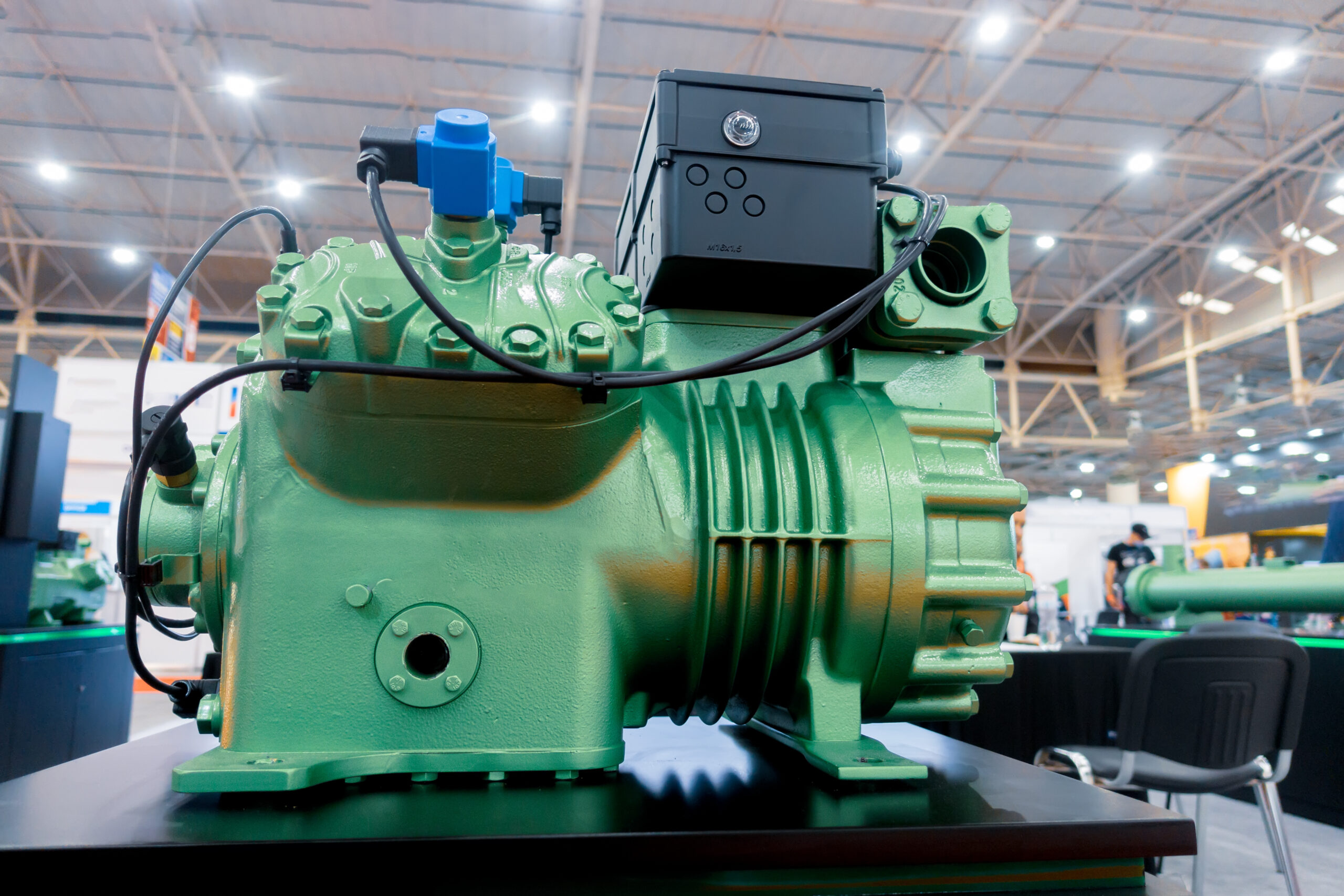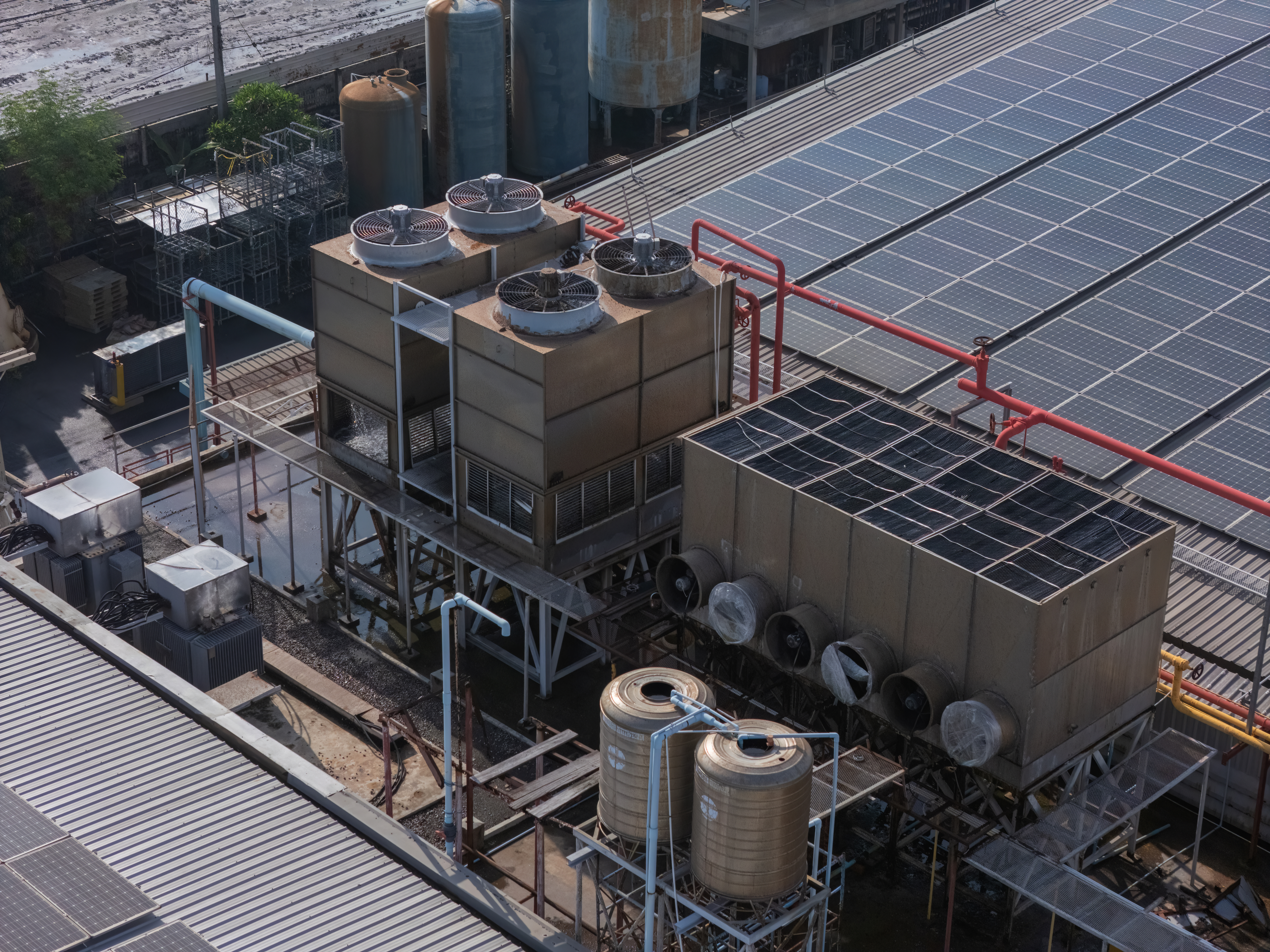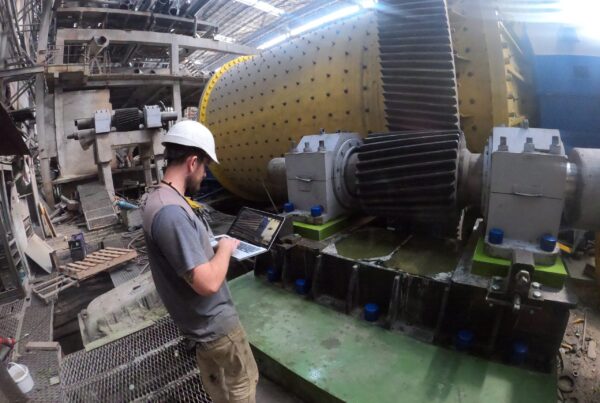In the world of industrial machinery, the stability of reciprocating compressor foundations is crucial for the efficient operation of compressors. However, their efficiency and longevity are directly linked to the quality and stability of their foundations.
What Are Reciprocating Compressors?
Reciprocating compressors work by using a piston that moves back and forth inside a cylinder to compress gases, generating high pressure. Their durable design and efficiency make them the preferred choice for demanding, high-pressure applications. Frequently used in industries such as oil refining, natural gas processing, and chemical manufacturing, these compressors play a crucial role in ensuring continuous and reliable operations.
1. Vibration Isolation: The Foundation’s Role in Minimising Wear and Tear
One of the key purposes of reciprocating compressor foundations is to absorb and isolate vibrations. Reciprocating compressors, due to their piston-driven design, inherently produce substantial vibrations. This can negatively affect not only the machine itself but also the surrounding structures and machinery. Without a proper foundation, these vibrations can lead to misalignment and even damage to nearby equipment. Properly designed foundations mitigate this issue.
2. Load Distribution: Ensuring Stability and Preventing Structural Damage
Reciprocating compressors are heavy machines, and their continuous operation exerts substantial forces on their foundations. Well-designed reciprocating compressor foundations ensure that heavy loads are evenly distributed.
Uneven settling can result in misalignment, which may lead to mechanical issues, such as increased friction, overheating, or even failure. Without a proper load distribution mechanism, the entire structure could suffer long-term degradation. This often leads to expensive repairs and downtime.
3. Alignment and Efficiency: A Foundation for Optimal Performance
Correct alignment is critical for the efficient performance of a reciprocating compressor. Misalignment between the compressor and its connected components can result in excessive vibrations, mechanical wear, and inefficiency.
A properly designed and constructed foundation ensures that the compressor remains accurately aligned throughout its operational life, minimising the risk of operational issues. Foundations that offer stability and alignment contribute significantly to the overall efficiency of the compressor, reducing energy consumption and prolonging equipment life. In high-pressure applications, even small misalignments can lead to major operational disruptions, making alignment one of the most important aspects of compressor foundation design.
4. Foundation Design Considerations: Adapting to Site-Specific Needs
The design of a reciprocating compressor foundation must be customised to accommodate the specific requirements of the site, the machine’s weight, and operational loads.
Various foundation types are used depending on the installation’s unique conditions.
- Isolated footings, for example, are ideal for smaller installations where soil conditions are favourable.
- Mat foundations provide a broader base that can support heavier loads across less stable ground.
- Pile foundations are used in situations where the compressor is installed on weak or highly variable soil conditions. These piles are driven deep into the earth to provide extra stability, ensuring the compressor remains secure.
- Skid-Mounted Foundations: For smaller compressors, or in areas where a portable solution is necessary, skid-mounted designs are used. These involve mounting the compressor on a steel or concrete skid that is anchored to a foundation. Usually cost-effective and easy to install.
5. Material Selection for Foundations: Why Reinforced Concrete is the Standard
When it comes to material selection, concrete is the most common choice for reciprocating compressor foundations. Reinforced concrete, which incorporates steel bars or mesh within the structure, is often used to provide additional support. Epoxy grout is a key material for reciprocating compressor foundations, offering superior bonding and vibration resistance. It fills gaps and anchors the compressor, reducing movement and absorbing stress. While reinforced concrete provides structural support, epoxy grout enhances stability, minimises repairs, and prolongs the life of the machinery.
Choosing the right materials ensures the foundation’s long-term resilience, reducing the need for frequent repairs and prolonging the life of the machinery.
6. Maintenance and Monitoring: Ensuring Long-Term Performance
Maintaining a reciprocating compressor foundation is just as important as its design and construction. Routine inspections can help identify any early signs of foundation degradation, such as cracks or settling.
Vibration monitoring is another essential practice; changes in vibration patterns can indicate that the foundation is no longer effectively isolating vibrations, requiring further investigation.
Minor issues, such as small cracks or alignment shifts, should be addressed immediately to prevent more severe problems. Ensuring that the foundation remains free from environmental factors like moisture is also key to its longevity.
Conclusion
Reciprocating compressor foundations play a vital role in keeping your operations efficient and extending equipment lifespan. With the right design, construction, and maintenance, you can boost compressor performance and minimise risks.
Alphatec specialises in foundation solutions that ensure your compressors run smoothly and reliably, providing long-term value for your industrial needs. Contact us for help today!



